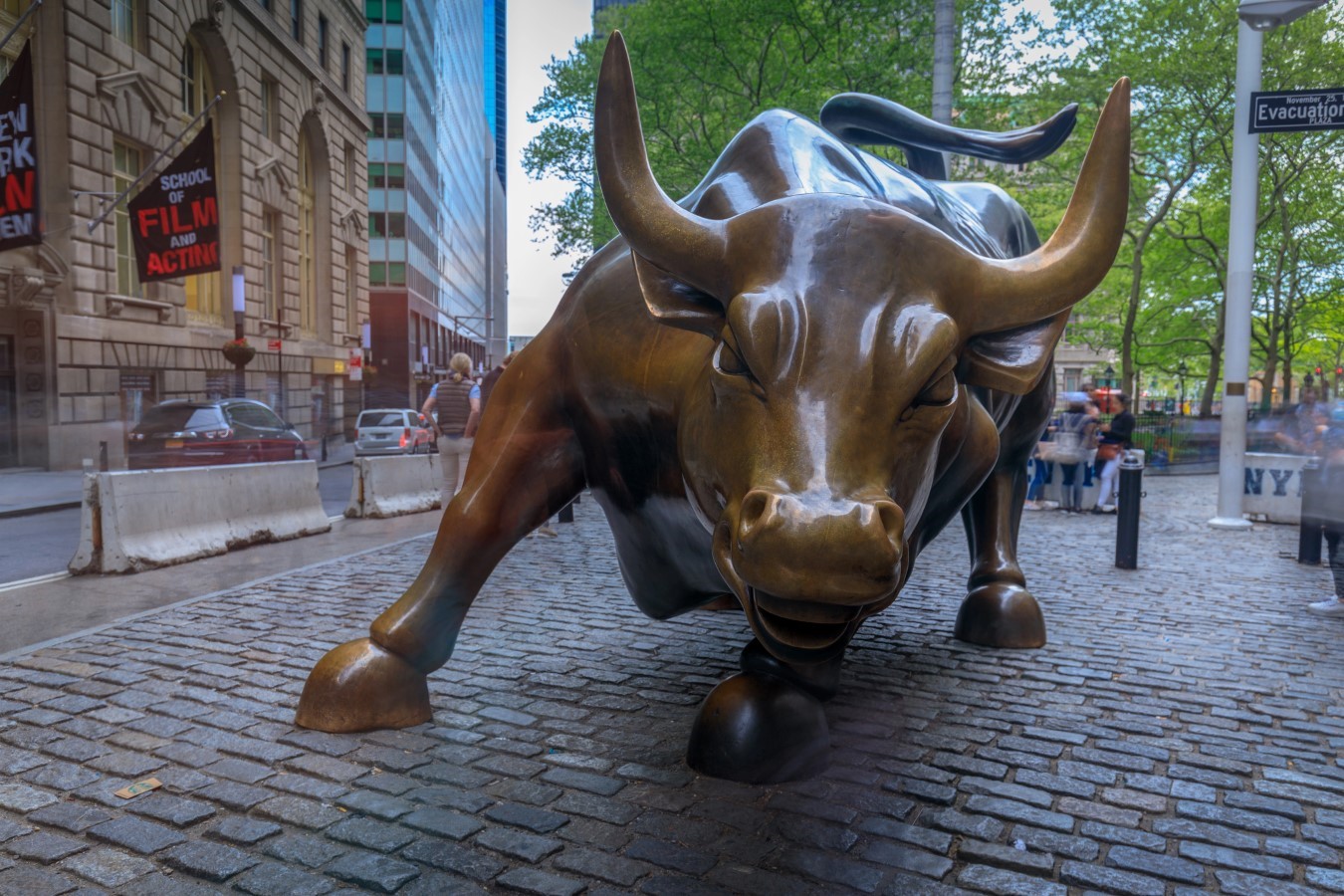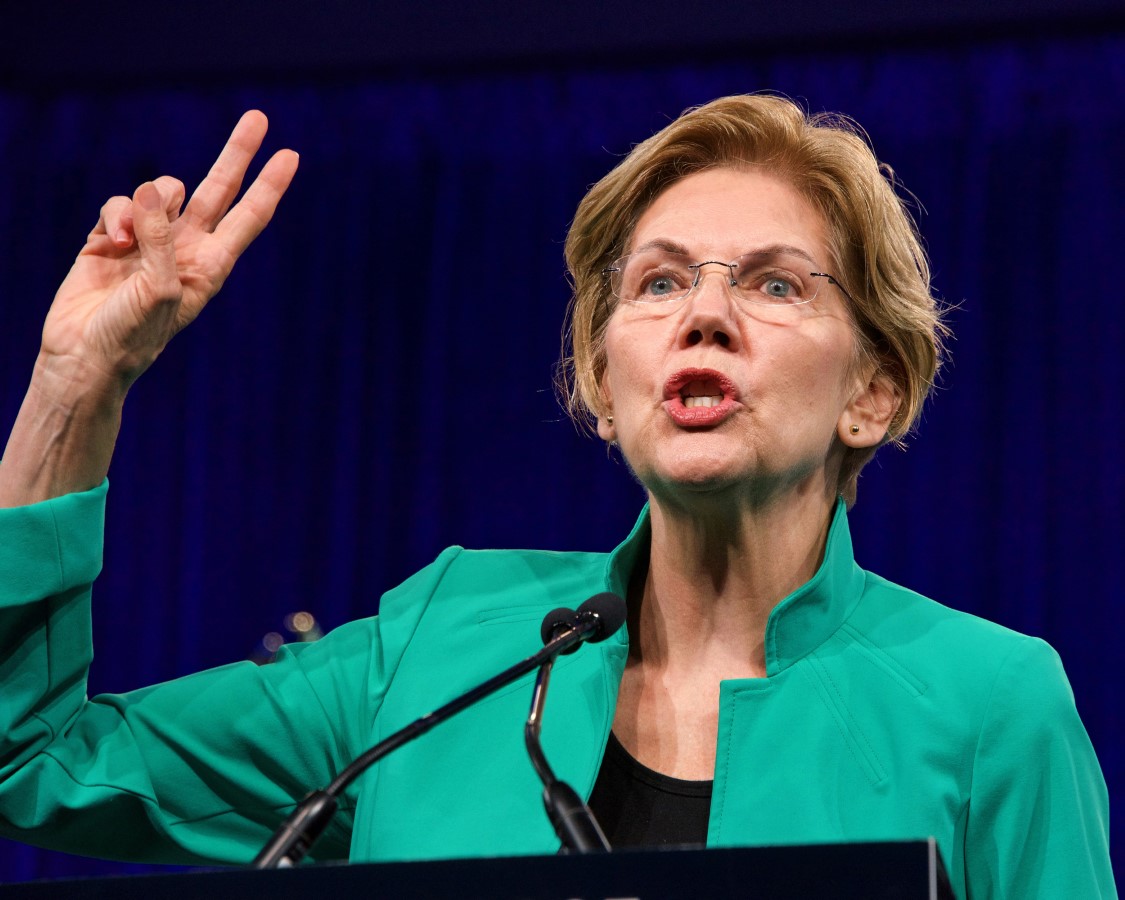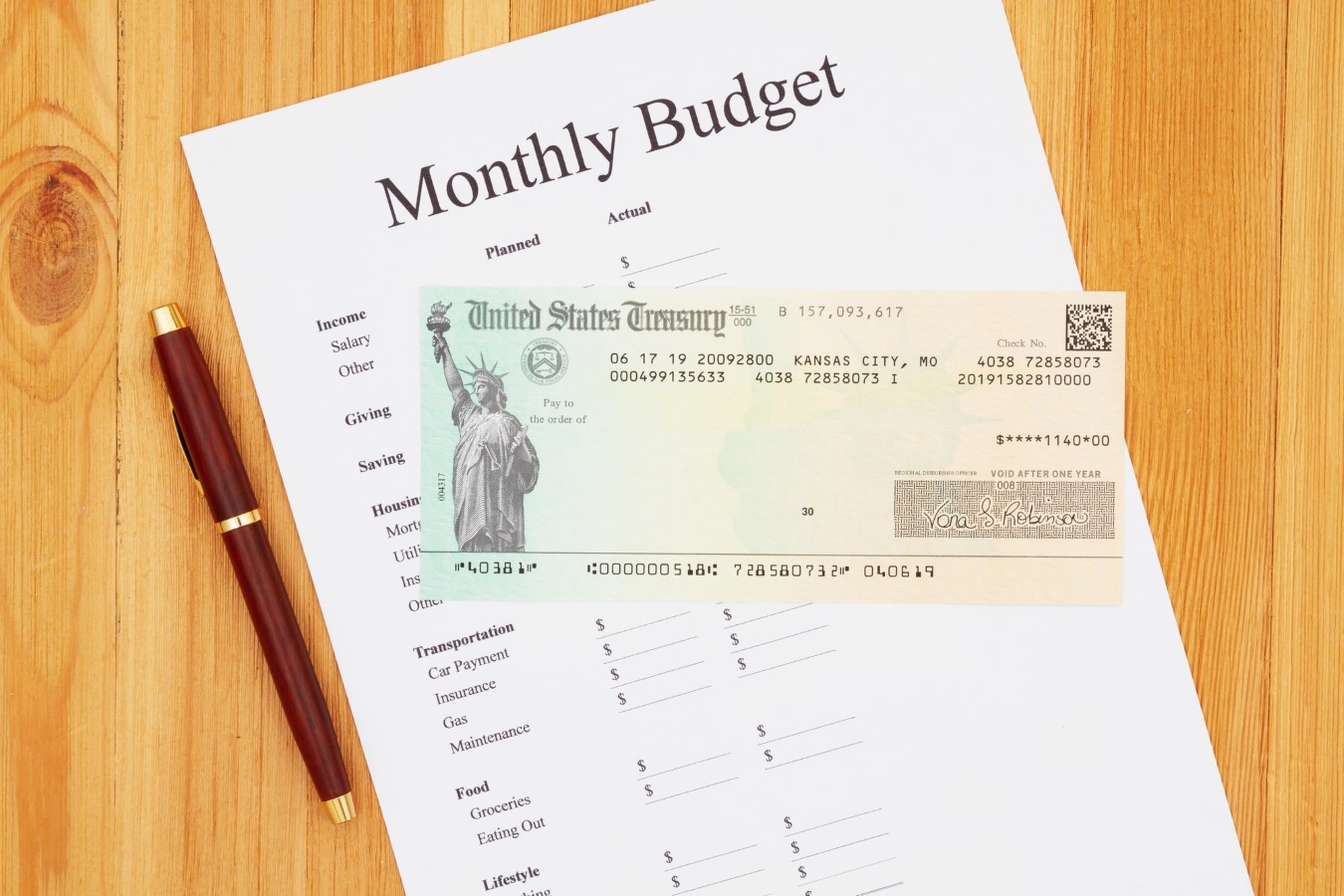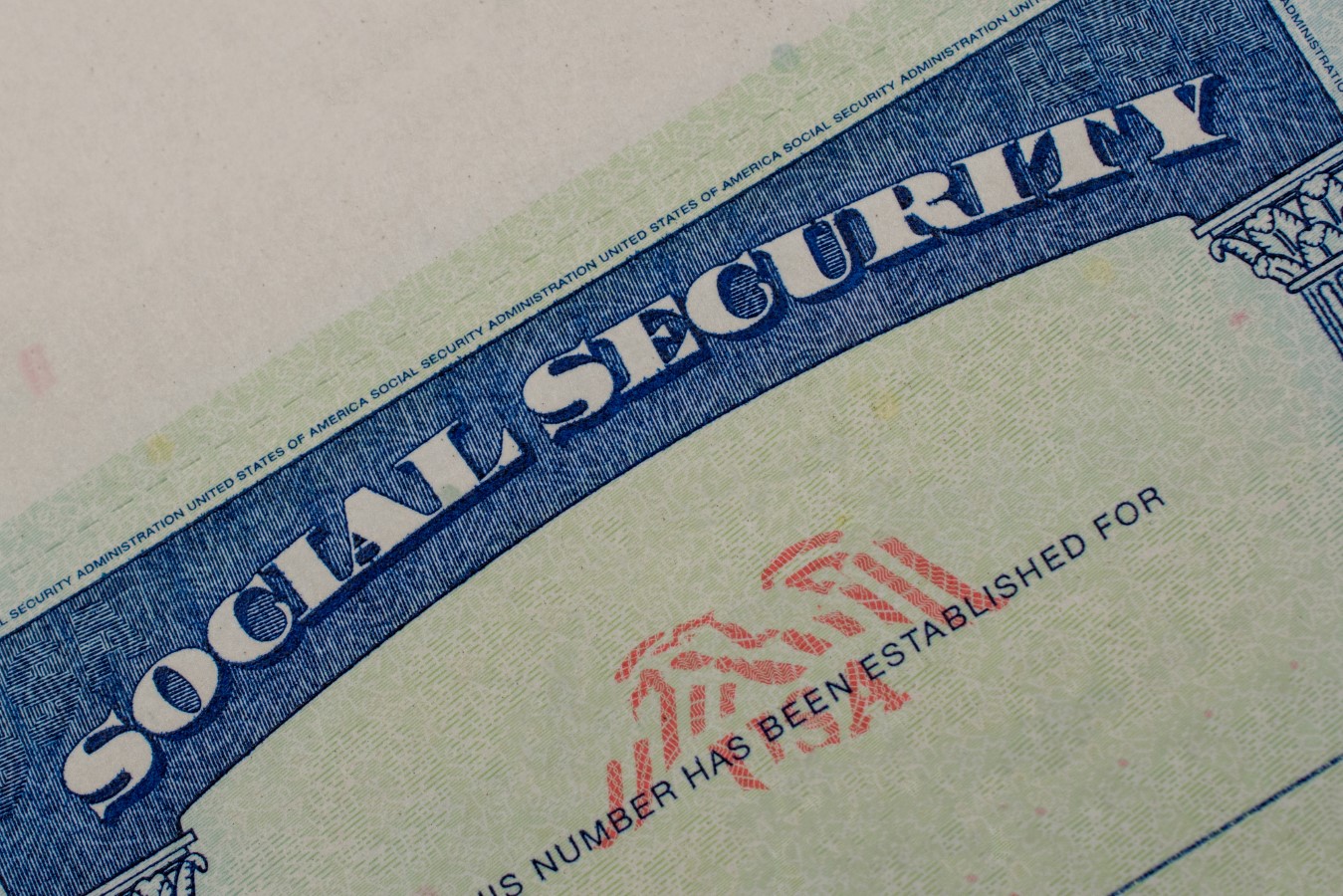New Trump Order Lets 401(k) Hold Crypto And Private Equity. Is It A Retirement Revolution Or A Trap? – Financial Freedom Countdown
In a move that could reshape retirement planning for millions, President Donald Trump signed an executive order on Thursday allowing alternative investments like private equity, cryptocurrencies, and real estate to be included in 401(k) plans. The change marks a dramatic shift in policy, potentially opening the $12.2 trillion retirement savings market to high-growth assets previously off-limits to everyday Americans.
From Wall Street to Main Street: What Changes

Until now, access to private equity and similar high-risk, high-reward assets was largely reserved for the ultra-wealthy and institutional investors.
Trump’s order brings those options within reach for working Americans and that’s a big win for Wall Street power players like BlackRock CEO Larry Fink, who’s pushed hard for “democratizing” these markets.
BlackRock and Big Finance Are All In

Major financial firms, including BlackRock, stand to profit immensely from the rule change.
Their goal: offer target-date funds and other retirement vehicles that incorporate these formerly exclusive asset classes; all while collecting higher fees from participants.
Why Trump Did It

The executive order sharply contrasts with the Biden administration’s warnings against crypto in retirement accounts.
Trump’s move repositions the Labor Department’s guidance, signaling a pro-growth, pro-investor stance that resonates with libertarians eager to eliminate overbearing regulations.
A Win for Freedom or a Risky Gamble?

Supporters say the change gives Americans more freedom to grow their nest eggs.
Critics argue it opens the door to confusing, costly, and risky investment products.
Either way, the retirement landscape just got a lot more complex.
Crypto in Your 401(k)? What to Know

While crypto assets like Bitcoin have seen explosive gains, they’re also famously volatile.
Experts warn that without a long-term track record or underlying value, cryptocurrencies may not be the wisest pick for retirement portfolios that demand stability.
Real Estate and Commodities Also on the Table

Beyond crypto and private equity, Trump’s order opens the door to investments in real estate and commodities.
While potentially lucrative, these asset classes often require specialized knowledge and carry their own risks.
Private Equity: Big Returns, Big Risks

Private equity firms invest in companies not traded on public markets.
Getting in early on SpaceX before it is publicly traded sounds enticing, but these funds come with high fees, limited liquidity, and minimal transparency; not exactly ideal for the average worker’s retirement.
The Fees Could Eat You Alive

Many private equity funds charge “2 and 20” — 2% management fees and 20% of profits.
Compare that with low-cost index funds, which charge as little as 0.05%.
Over a 30-year career, those fees can translate into hundreds of thousands in lost returns.
Legal Shields for Employers; But Not for You

Trump’s order urges the Department of Labor to reduce litigation risks for employers offering these investments.
But make no mistake: if a risky investment tanks your retirement, you’re the one holding the bag.
Fiduciary Rules Still Apply; For Now

The executive order doesn’t change the law.
Employers are still bound by the Employee Retirement Income Security Act (ERISA), which mandates that retirement plans be in the best interest of workers. But interpretations of what’s “prudent” may now shift.
Why You Might Not See Changes Anytime Soon

Experts say most employers will proceed with caution.
The threat of lawsuits and reputational damage means few plan sponsors are likely to rush into offering Bitcoin or private equity overnight.
Regulatory rulemaking could take years.
Warren and Democrats Sound the Alarm

Senator Elizabeth Warren is already demanding investigations into private credit markets, warning of systemic financial risks.
She’s especially concerned about the role of nonbank financial firms in potentially destabilizing the broader economy.
Trump’s Deregulation Playbook: One Step at a Time

The executive order is the first salvo in what could become a broader deregulatory campaign.
While it doesn’t rewrite the rulebook, it signals to federal agencies and Wall Street that the White House wants less red tape and more investment freedom.
Could This Supercharge Your Retirement? Possibly

Advocates argue that including private market exposure in target-date funds could help diversify portfolios and enhance long-term returns.
That’s especially true as more companies stay private longer, limiting growth opportunities in public markets.
Younger Investors May Be More Equipped to Take the Risk

According to financial advisors, those in their 30s or early 40s may be better positioned to take calculated risks with crypto.
With crypto, you can lose it all or make tenfold.
But for investors approaching retirement, even a small loss could be devastating.
For Investors Over 50, Caution Is Key

Advisors caution that alternative investment’s rollercoaster nature doesn’t match the needs of investors nearing retirement.
With limited time to recover from a downturn, losing even a small percentage of your nest egg could have outsized consequences.
If retirement is in five or ten years, you can’t afford to lose 50% on a single day.
Final Word: Proceed, But With Caution

Trump’s executive order gives Americans unprecedented access to Wall Street’s secret weapons.
But just because you can invest your 401(k) in crypto or private equity doesn’t mean you should; especially without professional advice, a strong stomach, and a clear understanding of the risks.
Like Financial Freedom Countdown content? Be sure to follow us!

The Social Security Administration (SSA) has announced that paper checks will no longer be issued starting September 30, 2025, in a major modernization move led by the Trump administration. This change is part of a broader government effort to reduce fraud, improve efficiency, and save taxpayer dollars.

Starting August, the Social Security Administration begins clawing back overpaid benefits at a dramatically faster pace; slashing monthly payments by 50% for recipients with outstanding debts. The abrupt policy change, which affects hundreds of thousands of Americans, is part of the agency’s latest effort to recover an estimated $32.8 billion in overpayments made between 2020 and 2023. While only a small percentage of total recipients are impacted, those affected could now see half their monthly checks vanish; raising serious concerns about hardship among retirees and disabled Americans who rely on Social Security for basic living expenses.
Starting This Month, Social Security Slashes Checks by 50% for Overpaid Retirees

Seniors are projected to receive a 2.6% Cost-of-Living Adjustment (COLA) in 2026, according to estimates based on the latest inflation data released by the Bureau of Labor Statistics on July 15, 2025. The adjustment, which determines how much monthly benefits increase to keep pace with inflation, is calculated using the Consumer Price Index for Urban Wage Earners and Clerical Workers (CPI-W). While this projected bump is slightly higher than the previous month’s estimate of 2.5%, it still falls short of covering rising living costs for many seniors.
Social Security’s 2.6% Projected COLA in 2026 Could Be Wiped Out by Rising Medicare Costs

Did you find this article helpful? We’d love to hear your thoughts! Leave a comment with the box on the left-hand side of the screen and share your thoughts.
Also, do you want to stay up-to-date on our latest content?
1. Follow us by clicking the [+ Follow] button above,
2. Give the article a Thumbs Up on the top-left side of the screen.
3. And lastly, if you think this information would benefit your friends and family, don’t hesitate to share it with them!

John Dealbreuin came from a third world country to the US with only $1,000 not knowing anyone; guided by an immigrant dream. In 12 years, he achieved his retirement number.
He started Financial Freedom Countdown to help everyone think differently about their financial challenges and live their best lives. John resides in the San Francisco Bay Area enjoying nature trails and weight training.
Here are his recommended tools
Personal Capital: This is a free tool John uses to track his net worth on a regular basis and as a retirement planner. It also alerts him wrt hidden fees and has a budget tracker included.
Platforms like Yieldstreet provide investment options in art, legal, real estate, structured notes, venture capital, etc. They also have fixed-income portfolios spread across multiple asset classes with a single investment with low minimums of $10,000.